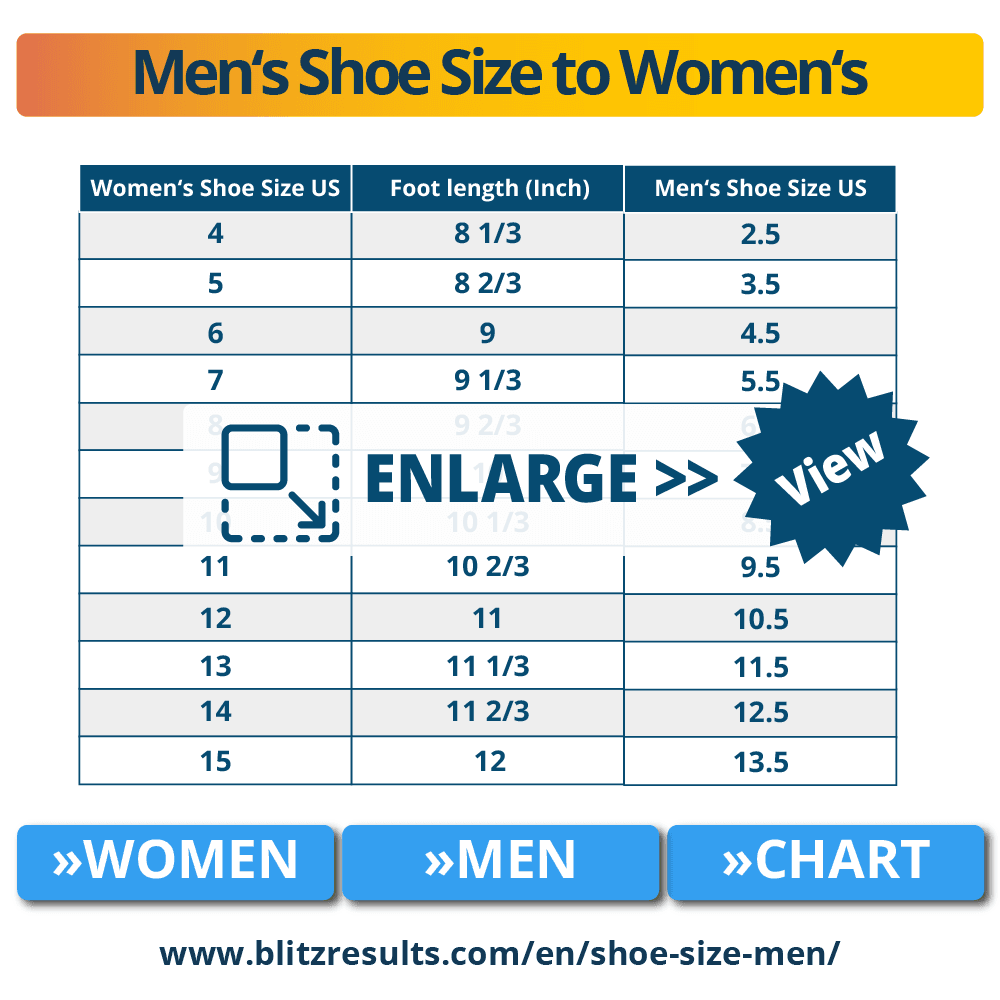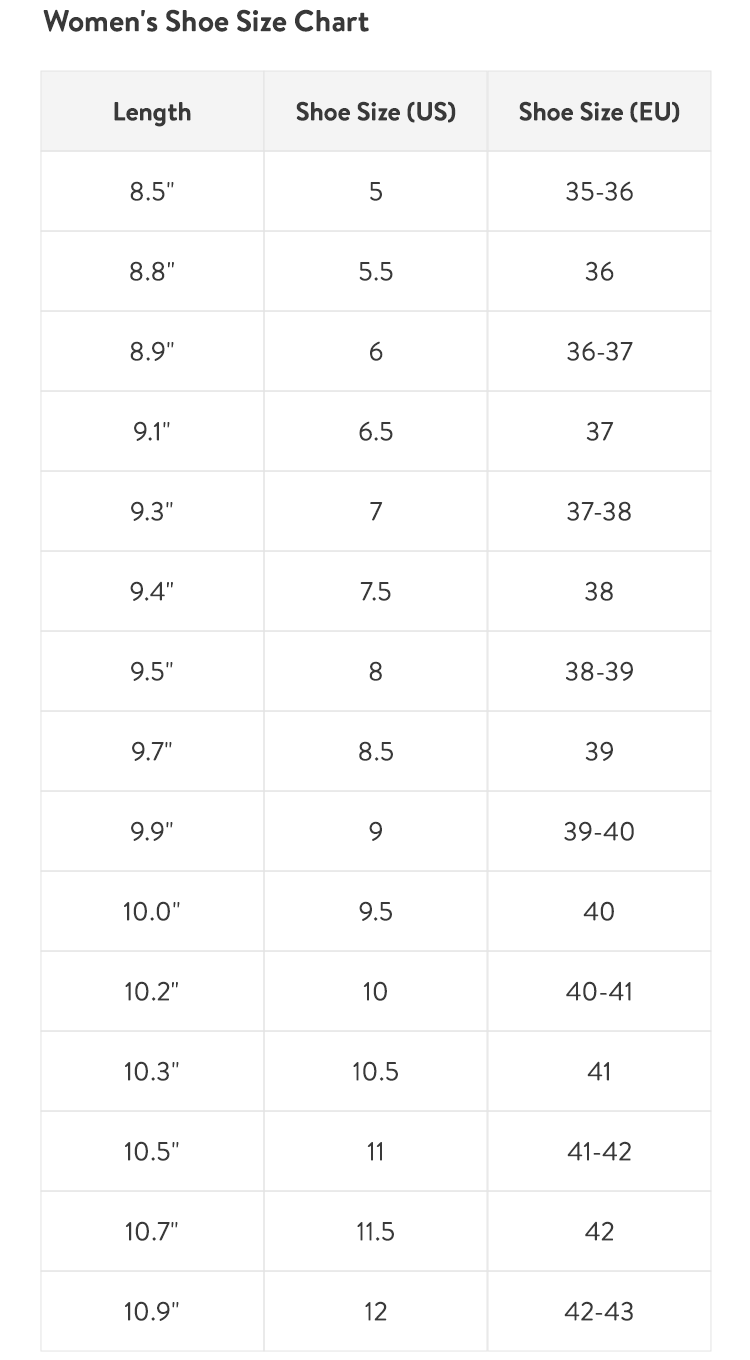A Comprehensive Guide to US Shoe Size Conversion
Navigating the world of shoe sizes can be a daunting task, especially when dealing with different sizing systems. One of the most common conversions people need to make is between men’s and women’s shoe sizes in the US. Understanding this conversion is crucial for both shoppers and retailers alike. This guide aims to provide a clear and objective explanation of how to convert men’s to women’s shoe size US, backed by scientific and authoritative sources.
The Basics of US Shoe Sizes
In the United States, shoe sizes are not standardized across brands and styles. However, there is a general framework that most manufacturers adhere to. Men’s and women’s shoe sizes are typically measured in inches or centimeters, with each size increment representing a difference of about 1/3 inch or 0.847 cm. The conversion between men’s and women’s sizes is not a straightforward one-to-one ratio, but rather a shift in the sizing scale.

Men’s to Women’s Shoe Size Conversion
When converting men’s to women’s shoe size US, the general rule is to subtract 1.5 sizes from the men’s size to get the equivalent women’s size. For example, a men’s size 10 would be roughly equivalent to a women’s size 8.5. This conversion is based on the average difference in foot length and width between men and women. However, it’s important to note that this is a general guideline and may vary depending on the brand and style of the shoe.

Why the Difference?
The difference in sizing between men’s and women’s shoes is largely due to anatomical differences. On average, women’s feet are narrower and shorter than men’s feet. This means that even if a woman and a man have the same foot length, their shoe sizes might differ because of the width. According to a study published by the American Podiatric Medical Association, women’s feet are typically about 5-10% narrower than men’s feet of the same length. This is why the conversion from men’s to women’s shoe size US involves a shift in the sizing scale.

Practical Applications
Understanding the conversion between men’s and women’s shoe sizes can be particularly useful when shopping for unisex or gender-neutral shoes. Many brands now offer shoes that are designed to fit both men and women, but the sizing can be confusing without a clear conversion guide. For instance, a popular sneaker brand might label a shoe as “unisex,” but the sizing chart will still refer to men’s and women’s sizes. Knowing how to convert men’s to women’s shoe size US can help shoppers make informed decisions and find the perfect fit.

Expert Opinions
According to footwear expert Tamara Mellon, founder of the luxury shoe brand of the same name, “Understanding the nuances of shoe sizing is crucial for both consumers and designers. The conversion from men’s to women’s shoe size US is not just a matter of numbers; it’s about understanding the anatomy of the foot and how it relates to the design of the shoe.” Mellon’s insights highlight the importance of considering both the numerical conversion and the underlying physiological differences when making size adjustments.
“Understanding the nuances of shoe sizing is crucial for both consumers and designers. The conversion from men’s to women’s shoe size US is not just a matter of numbers; it’s about understanding the anatomy of the foot and how it relates to the design of the shoe.” – Tamara Mellon
Conclusion
Converting men’s to women’s shoe size US is a process that requires understanding the differences in foot anatomy and the general sizing guidelines. While the conversion is not an exact science and can vary by brand, the general rule of subtracting 1.5 sizes from the men’s size provides a useful starting point. By considering expert opinions and scientific studies, shoppers can make more informed decisions and find shoes that fit comfortably and stylishly.
